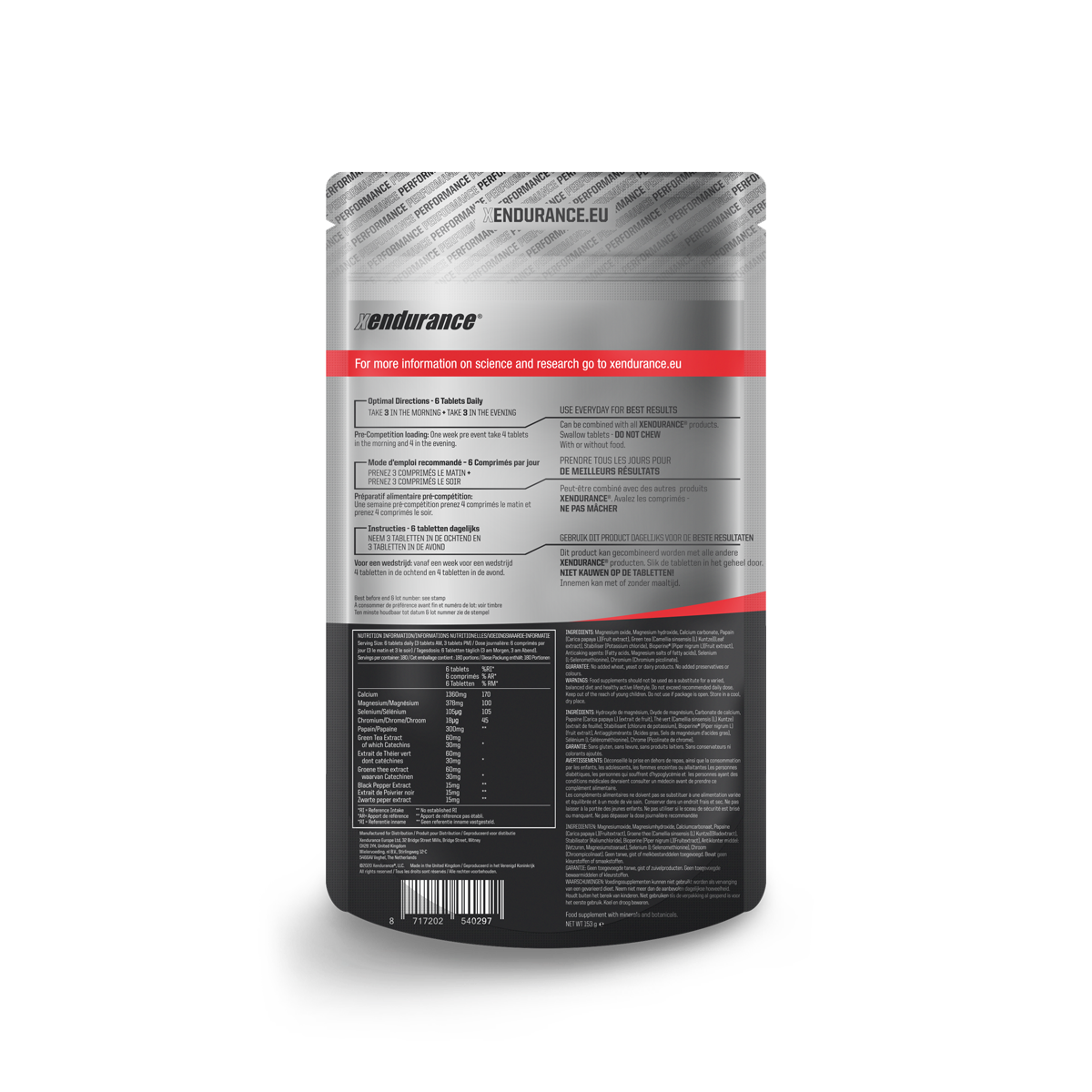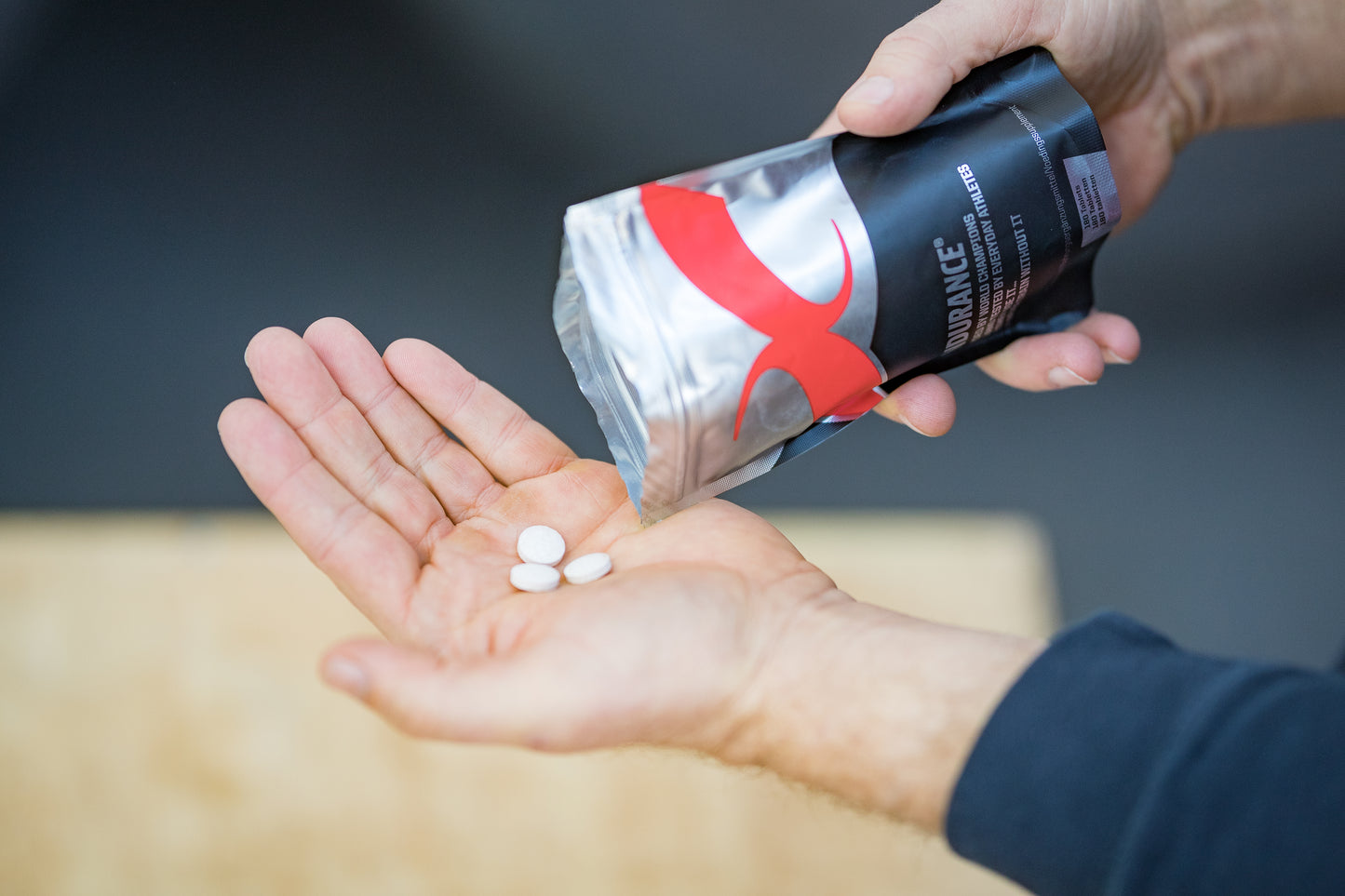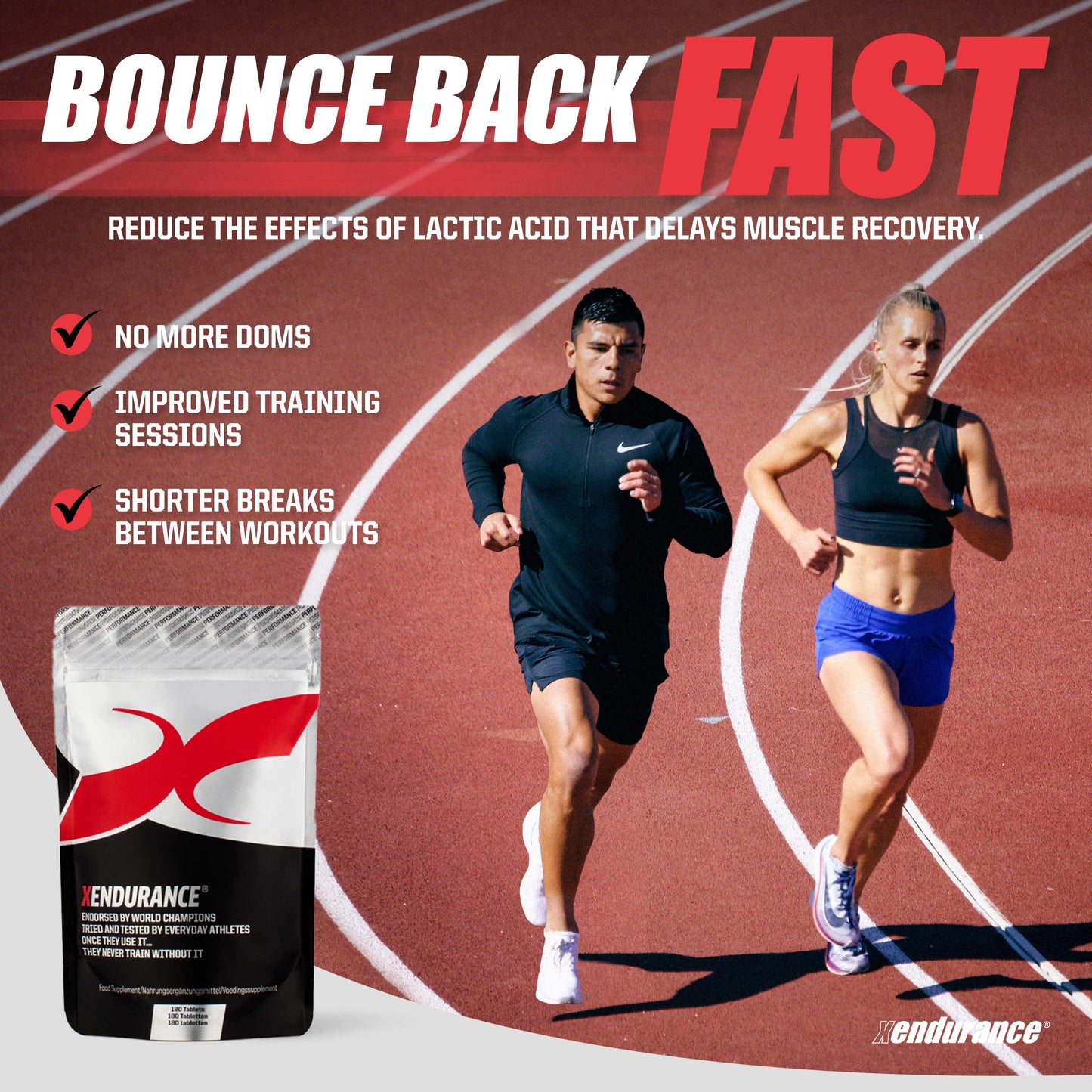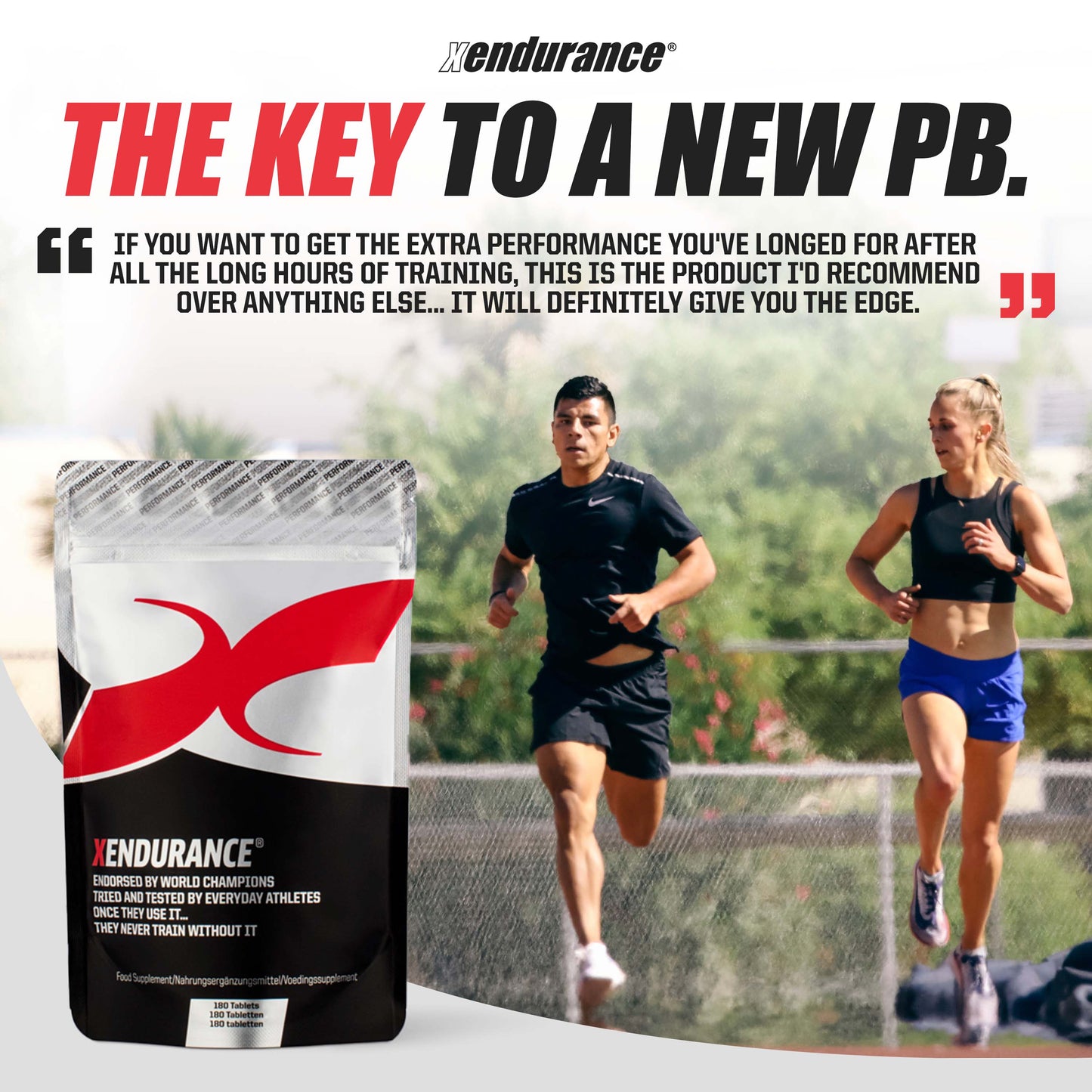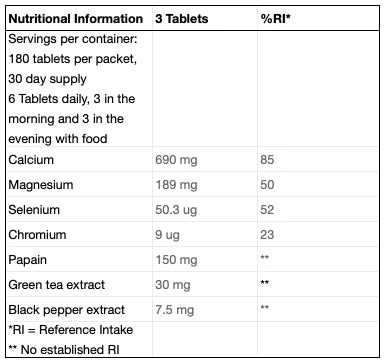Share
It’s rare that a sprint is needed to win an endurance race such as triathlon. The winner is often the person who slows down the least. If we can hold our goal pace for the duration of the event then that in itself is a marker of success. Having already swam and cycled slowing down is often most notable within the final discipline of triathlon; the run. Here’s some tips to help you to avoid slowing down…
- Bike pacing and fuelling: Ensure the bike section is paced to an achievable and appropriate effort level, maintaining good hydration and nutrition. Over-biking or indeed under-fuelling could leave you in a very depleted state as you start the run. Luckily there are many metrics that can be displayed on your bike computer to help avoid mistakes here and in most circumstances the bike ride allows for ample opportunities to ‘eat and drink’. Consider setting a timer for 20mins to remind you to take on some nutrition.
- Pacing the run: Begin the run at goal pace trusting that, no matter how easy it feels early on, the discomfort and difficulty will grow throughout the duration of the event. I usually advise allowing the first kilometre or two of running to shake off the bike legs and find a run rhythm before dialling in that race pace more closely for the remainder.
- Focus: If you then find yourself slowing down re-focus on the job at hand. It’s likely your mind has wandered; when this happens our running style and pace often reverts to our default (that natural stride and pace that you naturally fall in to when heading out for a run). However, your default run pace may be too slow for race pace here.
- Body Scan: Check in on key technique points. As we fatigue we tend to lose good form when running and this results in slowing down. Consider a quick body scan that you can perform every 10-15mins. Not only will it help retain good posture, form and cadence but in the time it takes to do it you’ll be another kilometre or so up the road too. Start at your head and work down: Are you looking up towards the horizon rather than down at your feet? Is your chest out and shoulders slightly back? Have you maintained a slight forward lean with an upright posture? Are you utilising your arms effectively to rotate the trunk and drive the legs? Has your cadence slowed? Are you landing heavily on your heels now? Work through each of these areas and you will access a slightly faster pace.
- Can you try harder?: It’s normal for a certain pace to feel much tougher after time has passed. For example, half marathon pace may feel like a 7/10 in the first 5kms but by 15km is probably around 8-9/10. Many factors result in the increase in perception of effort. But we can build mental resilience to deal with these feelings through training and racing. When the effort level rises we have to mentally hang in there, deal with the discomfort and maintain the suffering (the true essence of endurance). Our perception of effort versus the projected time or distance left to run is crucial in this regard. If we are already at 9/10 early in the above half marathon then we will certainly have to slow before then end but if we hit 9/10 with 3km to go then we may even dig a little deeper into our reserves and make that a 10 as we know there are not many more minutes left to run.
These tips may help you to ‘endure’, to maintain your pace when others are slowing, ultimately helping you to achieve your goals and maybe even win some races too!
By Phil Ellison, Senior Coach at Total Tri Training, you can reach Phil by clicking here Or on Instagram @phil.ellison






